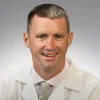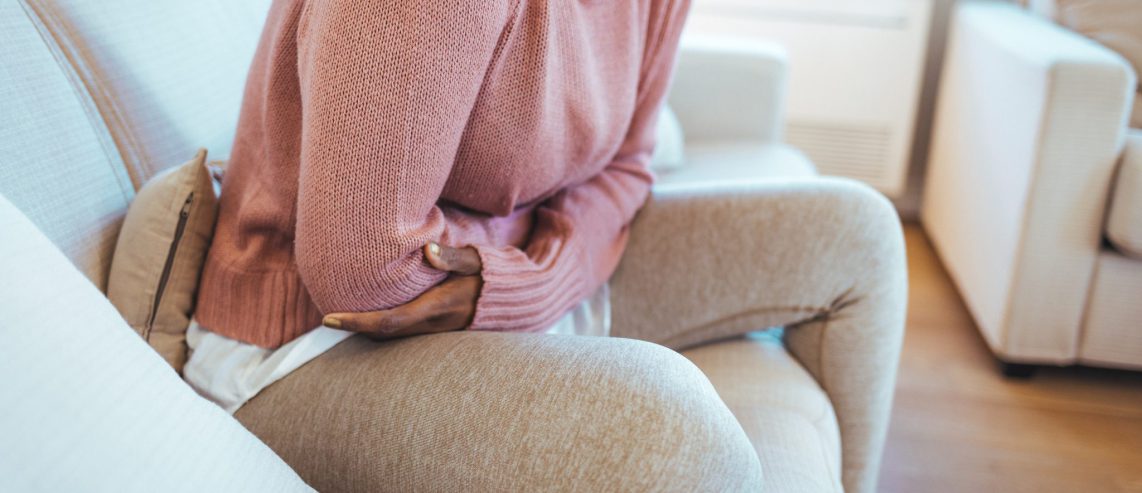Picture this: You’ve finished a delicious dinner and you’re looking forward to a relaxing evening. But before long, you’re having abdominal pain. Maybe it’s something you ate — or maybe it’s gallstones.
Gallstones can cause pain in your belly (abdomen), usually under the right rib cage. You may also feel pain in your back or under your right arm. If you have frequent belly or back pain, especially after eating, talk to your doctor.
What Does Your Gallbladder Do?
Your liver constantly makes digestive fluid called bile. Bile travels from your liver to your gallbladder, a small organ in your belly. Your gallbladder sends bile to your small intestine through a tube called the common bile duct.
Bile helps your body digest fats. It’s made up of:
- Bile salts (bile acids): Substances that help your body absorb fats and fat-soluble vitamins.
- Bilirubin: A waste product that develops when red blood cells break down.
- Cholesterol: A wax-like substance that helps break down any fatty foods you eat.
As you digest food, your gallbladder contracts. These contractions help push bile into the common bile duct.
Never Miss a Beat!
Subscribe to Our HealthBeat Newsletter!
Thank you for subscribing!
You can now select the specific newsletters you'd like to receive.
You are already subscribed.
Subscribe to more newsletters in our email preference center.
Sorry, an error occurred. Please try again later.
Get Healthy Tips Sent to Your Phone!
What Causes Gallstones?
“Sometimes bile contains too much bilirubin or cholesterol,” said David Yearsley, MD, general surgeon, “When this happens, the extra substances clump together into hard stone-like pieces.” These pieces are gallstones.
Gallstones may also form if your gallbladder doesn’t empty fully when it’s pumping bile to your small intestine. Gallstones can be small or large. When they get stuck in either the gallbladder or common bile duct, they may block bile’s flow and cause a gallbladder attack.
What Are the Signs of Gallstones?
Not everyone who has gallstones has symptoms. When gallstones block the flow of bile — even temporarily — you may develop pain and other symptoms. If the gallstones move, symptoms usually stop.
Symptoms of a gallbladder attack include:
- Abdominal pain, especially in the middle or upper right part of your belly.
- Back pain.
- Bloating.
- Fever.
- Light-colored urine or stools (poop).
- Nausea.
- Vomiting.
- Yellow eyes or skin (jaundice).
Gallbladder attack symptoms are most likely to occur after you’ve eaten a meal that includes rich or high-fat foods. Symptoms may develop within an hour or two after eating. Pain may wake you up during the night after a heavy meal.
Who Is at Risk for Gallstones?
Anyone can get gallstones. But you’re at higher risk for the condition if you’re a woman or if other people in your family have gallstones. You’re also at higher risk for gallstones if you are:
- Of Native American or Mexican descent.
- Older.
- Overweight.
- Pregnant.
Health conditions that increase your risk of gallstones
Sometimes, gallstones occur if you lose weight too quickly. You may also be more likely to get gallstones if you have:
- Crohn’s disease: This inflammatory bowel disease prevents your intestines from breaking down cholesterol. A build-up of cholesterol can cause gallstones to form.
- Cirrhosis: Scarring in your liver causes changes in how bile flows to the gallbladder and small intestine. These changes can make it possible for gallstones to occur.
- Diabetes: If you have diabetes, more sugar (glucose) in your blood changes the make-up of your bile. These bile changes may make gallstones more likely.
- Gilbert syndrome: People with this inherited liver condition make less of the enzyme that helps them break down bilirubin. This can lead to excess bilirubin. This extra bilirubin can build up in your bile, making it easier to form gallstones.
- High triglycerides: When you have high triglycerides, you have too much fat (lipids) in your blood — also known as “bad” cholesterol. The extra cholesterol can stick together and make a gallstone.
- Low HDL cholesterol: High-density lipoprotein (HDL) is “good” cholesterol that helps control bad cholesterol levels in your blood. When you don’t have enough of this substance, bad cholesterol builds up.
- Sickle cell disease: This blood disorder causes red blood cells to constantly break down, leading to too much bilirubin in your blood. Excess bilirubin contributes to gallstones forming.
How Do Doctors Diagnose Gallstones?
Your doctor will talk with you about your gallstones symptoms. They examine you and ask you about the foods you eat before symptoms appear. You may have tests such as:
- Blood tests
- CT scan
- MRI
- Ultrasound
What Is the Treatment for Gallstones?
You might not need treatment if you’re not experiencing gallstones symptoms. If you have pain from a gallstone attack, your doctor may tell you to take nonsteroidal anti-inflammatory drugs (NSAIDs) to reduce pain.
Gallbladder surgery for gallstones
Your gallbladder plays a role in digestion. But you can still digest food if doctors remove the organ. During gallbladder surgery (cholecystectomy), surgeons remove your gallbladder to end gallbladder attacks.
You may have:
- Minimally invasive (laparoscopic or robotic) gallbladder surgery: Surgeons use small cuts (incisions) to access your gallbladder and remove it. You’ll typically heal in about a week.
- Open gallbladder surgery: Surgeons make one large incision in your belly to remove your gallbladder. Healing from open gallbladder surgery typically takes several weeks.
Your doctor will let you know if you’re a candidate for minimally invasive gallbladder surgery. Talk to your doctor about whether gallbladder surgery is right for you. Gallbladder surgery recovery is different for everybody.
How Can You Prevent Gallstones?
There’s no one thing you can do to prevent gallstones. But you can take steps to reduce your risk of developing this condition. You should:
- Avoid eating too many high-fat, high-sugar foods.
- Eat healthy foods, such as fruits, vegetables, and lean proteins.
- Get plenty of exercise.
- Lose weight at a slow and steady pace if you’re overweight.
- Maintain a healthy weight for you.
Can dietary changes help gallstones?
Eating certain foods may help prevent gallstone attacks. Your doctor may recommend that you eat more:
- Fiber.
- Fruits and vegetables.
- Healthy fats, such as olive oil.
- Lean protein.
Your doctor may also want you to avoid certain foods that may trigger a gallbladder attack. These include:
- Foods that are high in fat, salt, or sugar.
- Full-fat dairy products like cream, milk, and ice cream.
- Processed meats like bacon and hot dogs.
- Refined carbohydrates like white bread, pasta, and rice.
If you plan to change your diet or lose weight, talk to your doctor. It’s important to make dietary changes gradually to help prevent gallstones. Ask your doctor about other steps you can take to prevent gallstones symptoms.
Sources
Centers for Disease Control and Prevention (CDC), About Cholesterol, Link.
Harvard Health Publishing, By the Way, Doctor: Do I Need to Take Bile Salts After Gallbladder Surgery?, Link.
Centers for Disease Control and Prevention (CDC), LDL and HDL Cholesterol and Triglycerides, Link.
MedlinePlus, Bile, Link.
MedlinePlus, Gallstones, Link.
MedlinePlus, Gilbert Syndrome, Link.
MedlinePlus, Sickle Cell Disease, Link.
National Cancer Institute, Bilirubin, Link.
National Institute of Diabetes and Digestive and Kidney Disease, Symptoms & Causes of Gallstones, Link.
UPMC, Endoscopy Services at UPMC in Central Pa, Link.
UPMC, Shock Wave Lithotripsy, Link.
National Institute of Diabetes and Digestive and Kidney Diseases, Eating, Diet & Nutrition for Gallstones, Link.
National Institute of Diabetes and Digestive and Kidney Diseases, Treatment for Gallstones, Link.
UPMC, Cholecystectomy (Gallbladder Removal Surgery), Link.
About UPMC
Headquartered in Pittsburgh, UPMC is a world-renowned health care provider and insurer. We operate 40 hospitals and 800 doctors’ offices and outpatient centers, with locations throughout Pennsylvania, Maryland, New York, West Virginia, and internationally. We employ 4,900 physicians, and we are leaders in clinical care, groundbreaking research, and treatment breakthroughs. U.S. News & World Report consistently ranks UPMC Presbyterian Shadyside as one of the nation’s best hospitals in many specialties and ranks UPMC Children’s Hospital of Pittsburgh on its Honor Roll of America’s Best Children’s Hospitals. We are dedicated to providing Life Changing Medicine to our communities.

